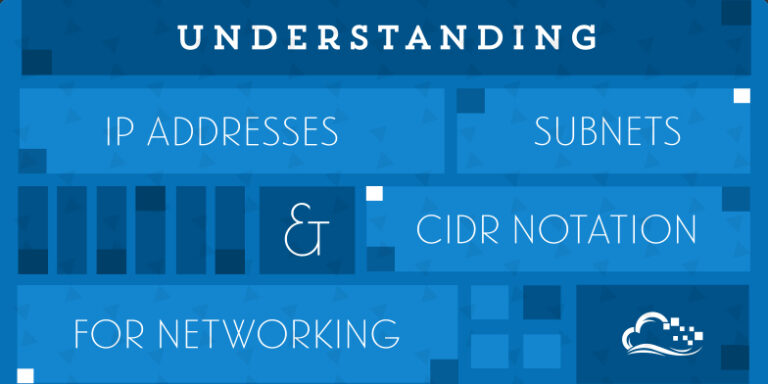Why CIDR Still Matters Today?
The internet depends on IP addresses, and CIDR (Classless Inter-Domain Routing) has revolutionized it, how to allocate and then route these addresses. In the past, the classful addressing system was rigid and also wasting the IP addresses, thus, it was limiting the flexibility of the network. CIDR has solved this problem through more efficient use of IP addresses, which streamlined the routing, and adapted to the growth of modern networks. In this guide, we will dive deep into CIDR, and explain its working, its advantages, and practical examples of how it will help network engineers to optimize subnetting. What is CIDR? A Modern Take on IP Allocation CIDR is a flexible and an efficient system which allows the network engineers to allocate IP addresses basing on the actual requirements by replacing the rigid class-based allocation system of IP addresses (Class A, B, and C). It was introduced in the 1990s, which has enabled the smarter mechanism of routing and better management of the network. Why Is CIDR Important? • Reduces IP address waste. • Simplifies routing tables. • Supports modern network growth with scalable IP blocks. CIDR uses slash notation (e.g., /24 or /22) to define the number of bits used for the network portion of an IP address, making IP management more flexible. How CIDR Works: The Power of Flexibility Traditional classful addressing confined networks to fixed block sizes. For example: • Class A: 16 million IPs • Class B: 65,000 IPs • Class C: 256 IPs But what if you only need 300 IPs? With CIDR, you no longer have to waste thousands of unused addresses. Instead, you can request exactly what you need: • Need 300 IPs? You get a /23 block. • Need 1000 IPs? You get a /22 block. • Need 70,000 IPs? You get a /15 block. This flexibility ensures no IP space goes to waste. CIDR vs. Classful Addressing: What’s the Difference? Feature Classful Addressing CIDR (Classless) Address Blocks Fixed (A, B, C) Variable Size IP Utilization High Wastage Highly Efficient Routing Table Larger Smaller (via summarization) Slash Notation No Yes Current Use Deprecated Industry Standard CIDR replaced classful addressing, which was ratified in RFC 1518 in 1993, making CIDR the modern standard in IP allocation. CIDR Notation: Reading It Right CIDR notation uses a simple format to indicate the size of the network: IP address/ Prefix Length For example, in 192.168.1.0/24: • Network: 192.168.1.0 • Subnet Mask: 255.255.255.0 • Usable Hosts: 254 (256 total IPs) Here’s how CIDR notation works with some additional examples: CIDR Block Usable Hosts Subnet Mask 10.0.0.0/8 16,777,214 255.0.0.0 172.16.0.0/16 65,534 255.255.0.0 192.168.1.0/24 254 255.255.255.0 Top Benefits of CIDR 1. Efficient IP Address Use: CIDR allocates only the IPs you need, preventing wastage. 2. Simplified Routing: Route summarization with CIDR reduces the size of routing tables. 3. Solves Classful Addressing’s Waste Problem: CIDR replaces inefficient fixed blocks with flexible, scalable subnet sizes. CIDR in Real Life: Practical Examples CIDR plays a key role in various real-world applications: 1. Internet Service Providers: ISPs allocate CIDR blocks based on customer size, such as /28 for small businesses and /22 for large clients. 2. Co


